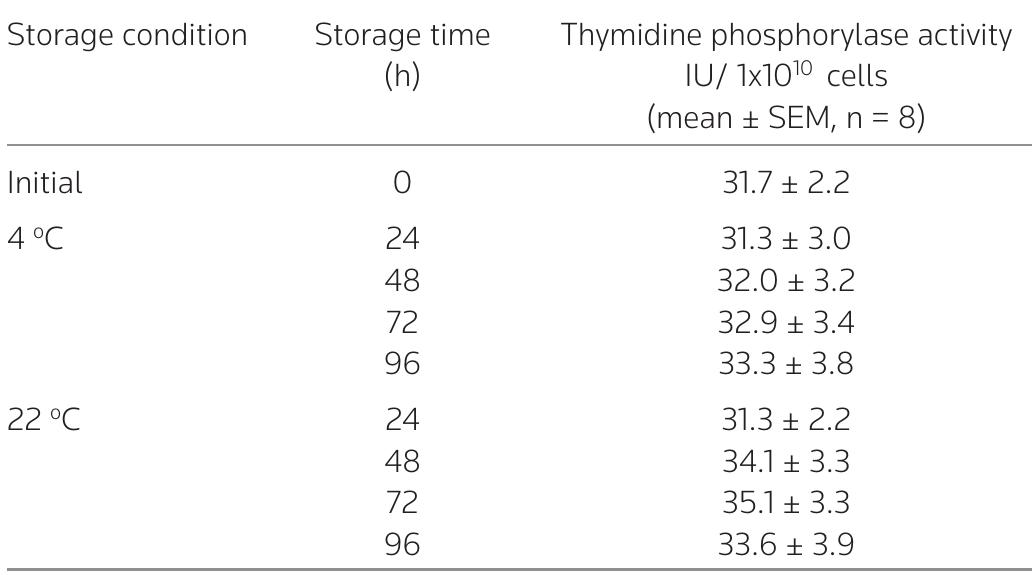Key research themes
1. How does Purine Nucleoside Phosphorylase (PNP) structure and oligomerization affect its enzymatic activity and stability?
This theme investigates the molecular architecture of PNP, emphasizing how its oligomeric assembly—particularly trimeric and hexameric forms—governs enzyme stability, catalytic functionality, and substrate specificity. Understanding the relationship between quaternary structure and enzymatic performance is crucial for rational drug design targeting PNP and for elucidating mechanisms underlying related immunodeficiencies.
2. What roles does PNP play in purine metabolism and immunological disorders, and how does its dysregulation affect cellular and neurological functions?
This theme focuses on the metabolic and pathological implications of PNP activity and deficiency. Crucial to purine salvage, PNP's malfunction causes immunodeficiency, especially impacting T-cell function, and leads to purine metabolite accumulation affecting neurodevelopment. The molecular pathways linking PNP activity to immune and neurological phenotypes are investigated alongside implications for disease treatment.
3. How can targeted chemical modulation and inhibition of human PNP be leveraged for therapeutic purposes, and what structural insights guide inhibitor design?
This theme investigates the structural determinants of human PNP inhibition, focusing on rational drug design to treat T-cell proliferative disorders and other conditions linked to PNP activity. It covers the design and synthesis of modified purine analogues, molecular mechanisms of inhibition, and the use of transition-state analogues for high-affinity inhibitors, highlighting advances in medicinal chemistry targeting PNP.









